Available 24/7
Available 24/7
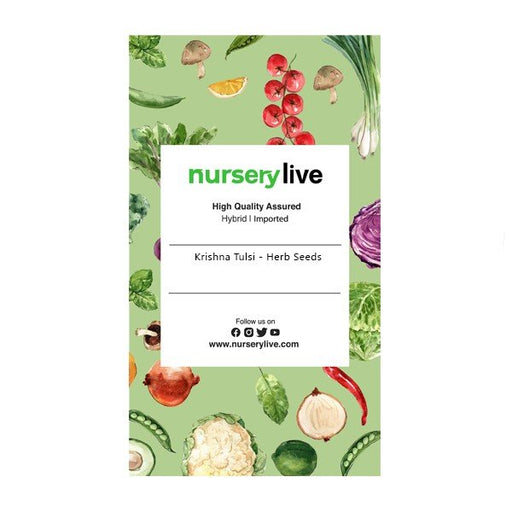
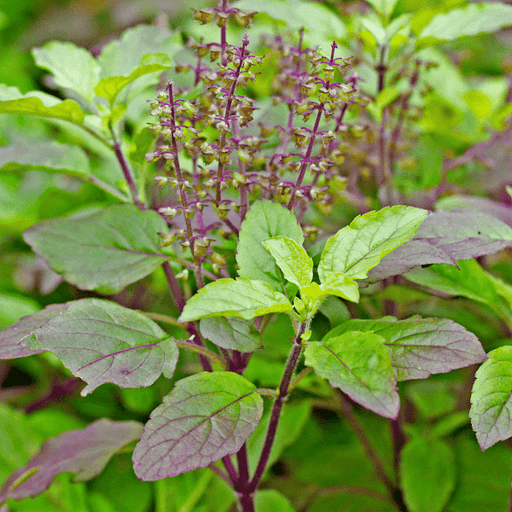 Save 50%
Save 50%
DescriptionThe scientific name of Krishna Tulsi is Ocimum tenuiflorum. It is known as, ,Shyama Tulsi, based on the color of Shyama or Krishna, the ...
View full details
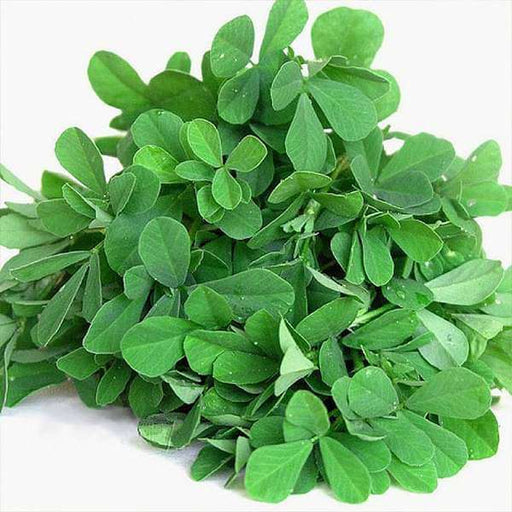 Save 50%
Save 50%
DescriptionIf you are already thinking about what you want to grow in your garden this season, start out right with organic seeds. Enjoy your Kitch...
View full details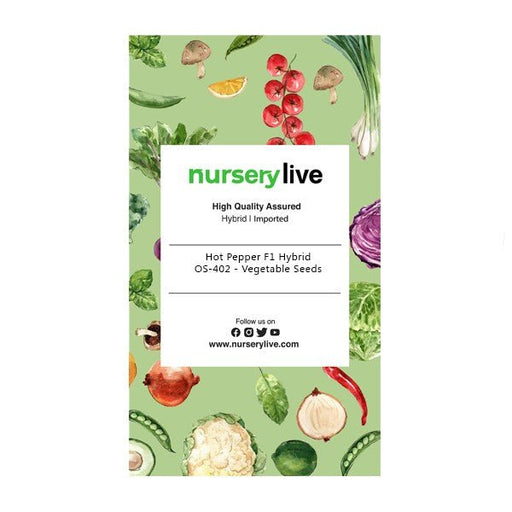
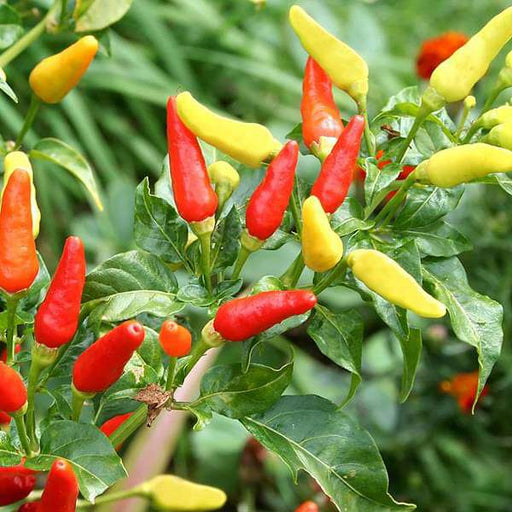 Save 50%
Save 50%
Description1 packet contains Hot Pepper - 30 seeds.The chilli pepper (also chile pepper or chilli pepper, from Nahuatl chilli) is the fruit of plan...
View full details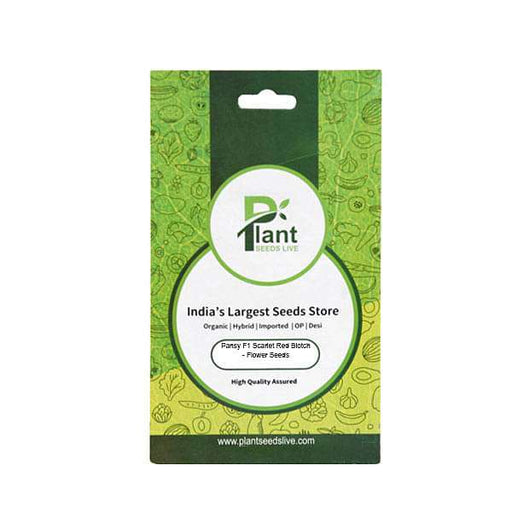
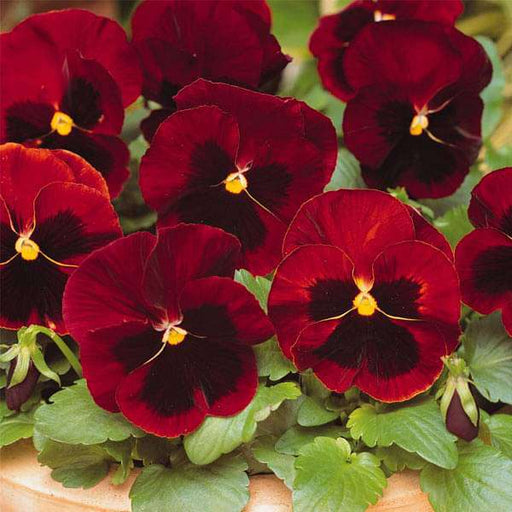 Save 50%
Save 50%
Description1 packet contains pansies - 30 seeds. The history of the modern pansy begins with a small European wild flower, Viola tricolour, commonl...
View full details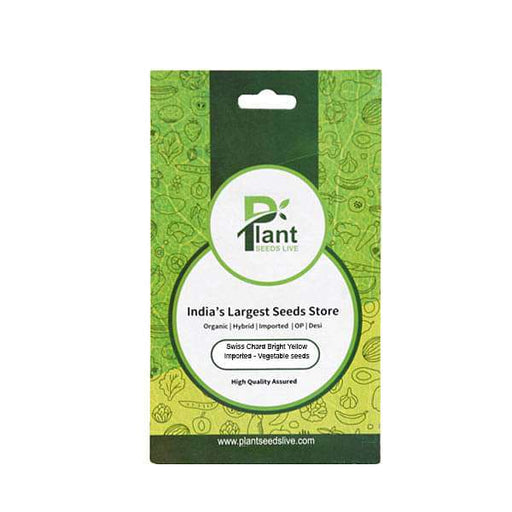
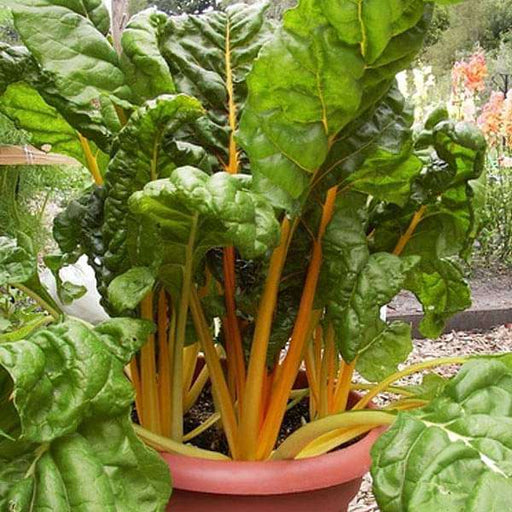 Save 50%
Save 50%
DescriptionIt s an extremely easy vegetable to grow and chard looks as good as it tastes.Chard is a leafy green vegetable often used in Mediterrane...
View full details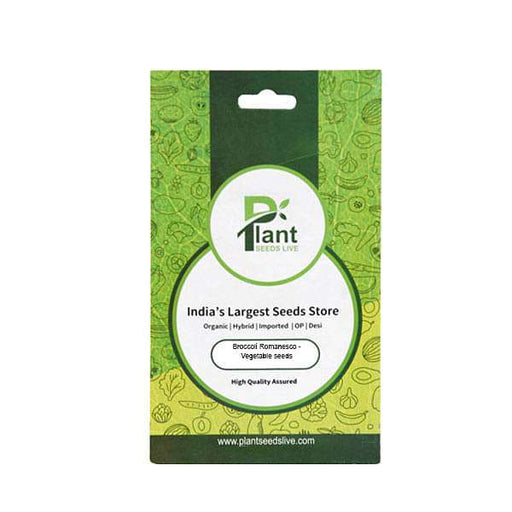
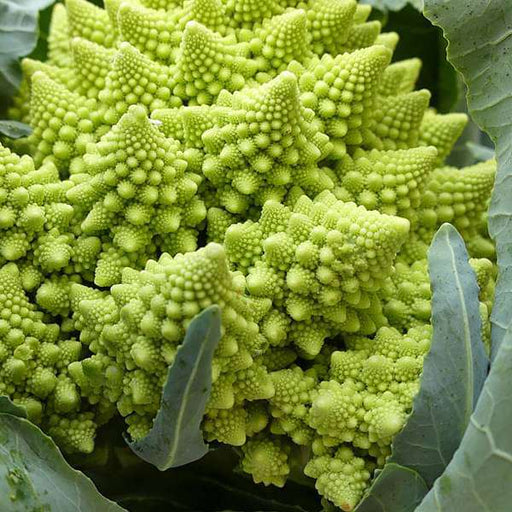 Save 50%
Save 50%
DescriptionBroccoli 1 packet contains Broccoli - 30 seeds. This cool-season crop grows best when daytime temperatures are in the 60F. Grow in both...
View full details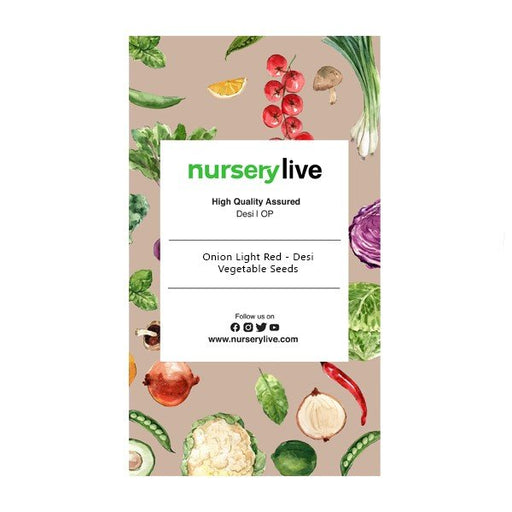
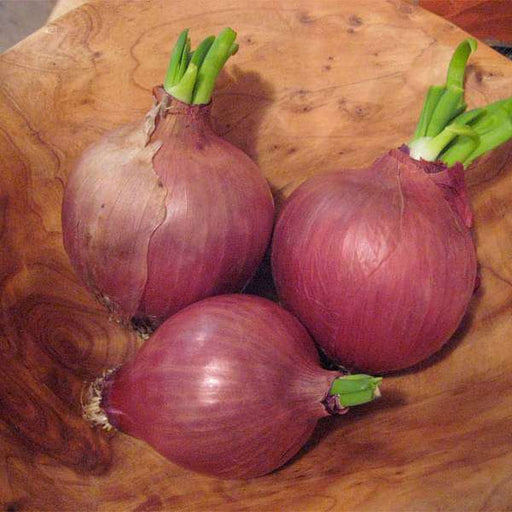 Save 51%
Save 51%
Description Onion excellent for use in cooking, especially onions fresh from the garden. 1 Seed packet contains approximately 35 seeds. Onions are ...
View full details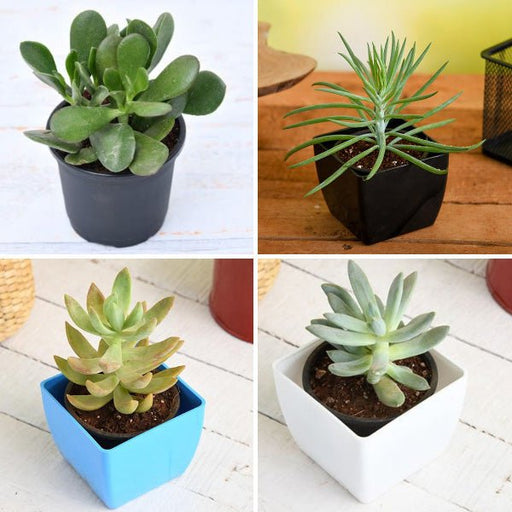 Save 45%
Save 45%
Description Pack of 4 succulents that are very easy to care for. A perfect pack to start growing plants worry-free. About You get 4 succulent plant...
View full details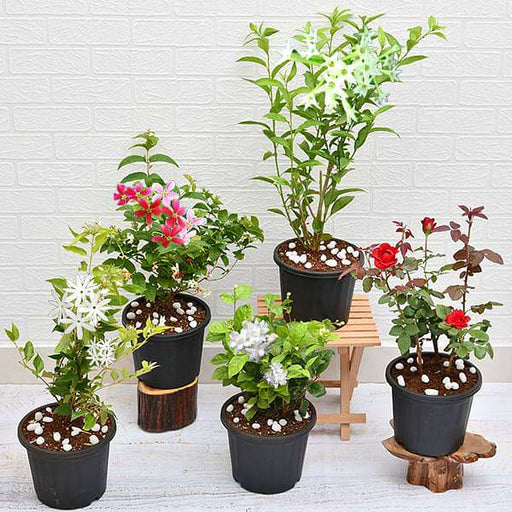 Save 12%
Save 12%
DescriptionAromatic plants bring into a room or house an often overlooked benefit. These plants have a pleasant scent.About You plant a hope when ...
View full details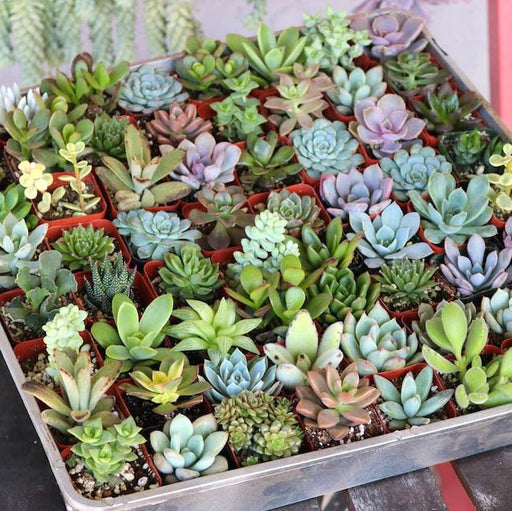
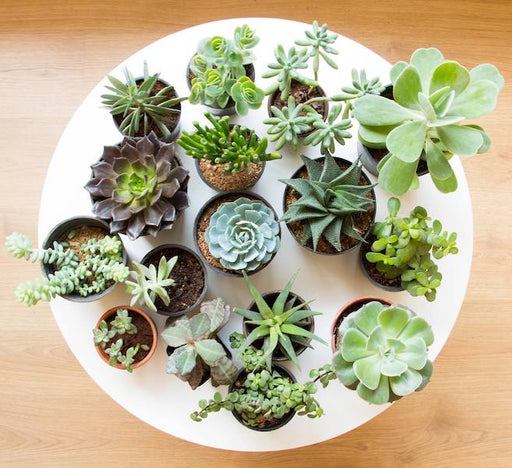 Save up to 50%
Save up to 50%
DescriptionIf you long for indoor greenery but have not succeeded with houseplants, consider these beautiful succulents. A perfect pack to start gr...
View full details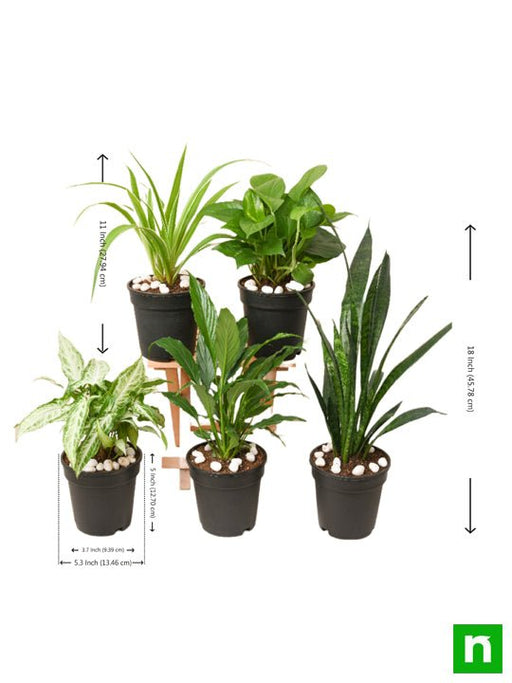
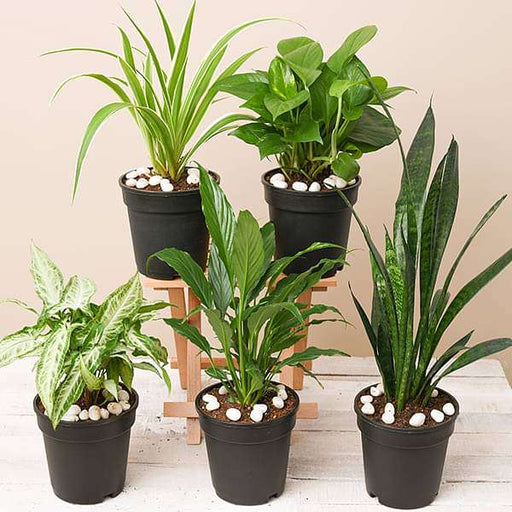 Save 21%
Save 21%
DescriptionThis plants pack contains amazing 5 houseplants + 5 Pots. Surround your home with these best pollution killer plants for a clean and hea...
View full details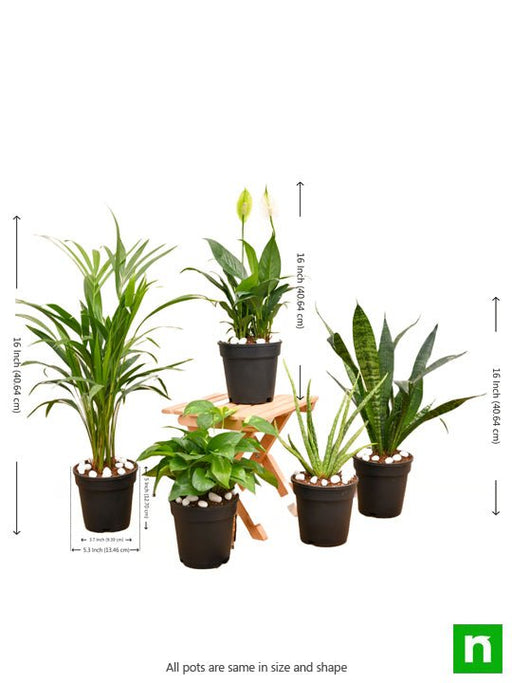
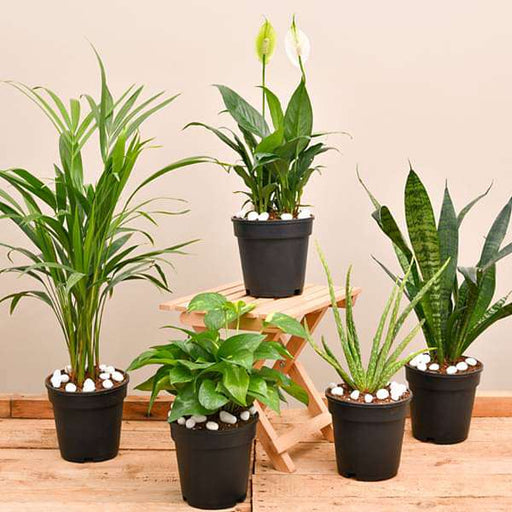 Save 20%
Save 20%
DescriptionIf you or anyone from your family wants to breathe fresh air, cleaner air in their homes, this 5 plants pack purify the air around and r...
View full details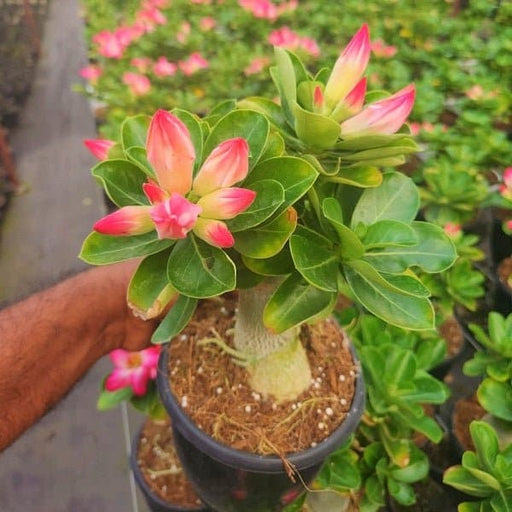
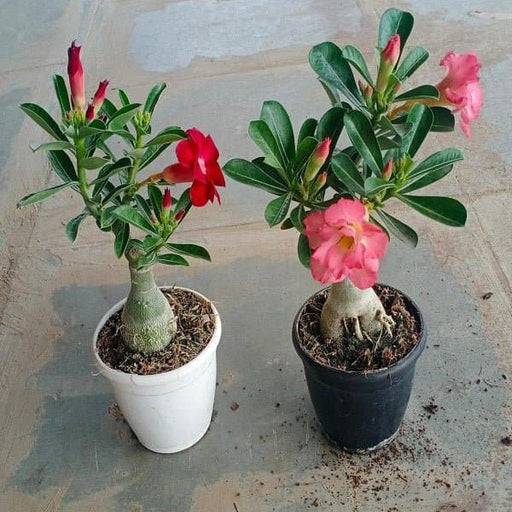 Save 40%
Save 40%
DescriptionSet of 2 Bonsai Looking Grafted Adenium PlantsAbout You get 2 Bonsai looking hardy grafted Adenium plants in a single pack.Plants are k...
View full details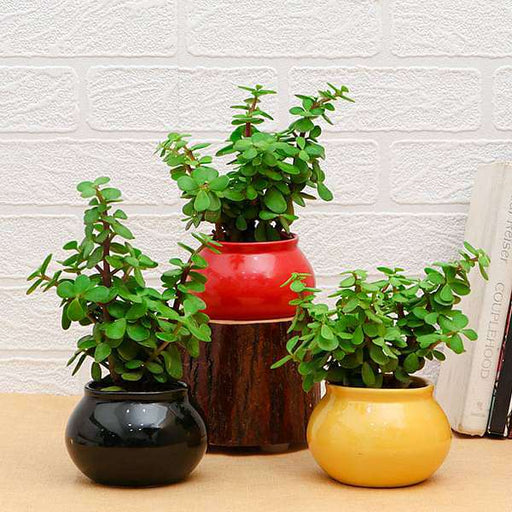 Save 22%
Save 22%
DescriptionThe Jade plant is an extremely popular succulent houseplant with fleshy leaves. According to popular belief, these plants will bring goo...
View full detailsUnleash the Magic of Flowers with NurseryLive! Do you want to add a burst of color and life to your garden?
Then look no further than our collection of bulbs by name at NurseryLive. With a wide range of flower bulbs to choose from, you're sure to find the perfect match for your garden.
And did you know that bulbs have been used for centuries as a symbol of hope and renewal, making them a great addition to any outdoor space.
At NurseryLive, we offer a variety of bulbs by name, including daffodils, tulips, and hyacinths.
Each of these bulbs is carefully selected for its quality and uniqueness, and we provide planting instructions to ensure success in growing them. With our bulbs by name, you'll be able to unleash the magic of flowers in your garden.
One of the best things about our bulbs by name is the variety of colors and sizes they come in. From vibrant yellows and oranges to soft pinks and purples, there's a bulb for every preference and style.
Plus, many of these bulbs are known for their strong, sweet scents, adding another sensory element to your garden.
In addition to their beauty, bulbs by name are also known for their symbolism. Daffodils, for example, are often associated with new beginnings and hope, while tulips are a symbol of love and prosperity.
By choosing the right bulbs for your garden, you can add a deeper meaning and significance to your outdoor space.
At NurseryLive, we are committed to providing our customers with the highest quality bulbs by name at affordable prices.
We work closely with our suppliers to ensure that our bulbs are fresh and viable, and we stand behind our products with a satisfaction guarantee.
Plus, our customer service team is always available to answer any questions you may have and provide support throughout your gardening journey.
In conclusion, if you want to add a burst of color, life, and meaning to your garden, choose our bulbs by name at NurseryLive.
With their beauty, variety, and symbolism, they are sure to make a statement and create a magical outdoor space. So go ahead and plant some bulbs today - your garden and your spirits will thank you!
Tulips are a classic favorite for any garden, and they come in a variety of colors and shapes. Learn about the different types of tulip bulbs and how to plant them for a stunning display in the spring.
Daffodils are a symbol of spring and renewal, and they add a cheerful burst of yellow to any garden. Discover the different types of daffodil bulbs and how to plant them for a vibrant and low-maintenance garden.
Gladiolus bulbs produce tall spikes of colorful flowers that are perfect for adding height and drama to your garden. Find out about the different varieties of gladiolus bulbs and how to plant them for a stunning summer display.
Lilies are a fragrant and elegant addition to any garden, and they come in a variety of colors and shapes. Learn about the different types of lily bulbs and how to plant them for a beautiful and long-lasting display.
Crocuses are a sure sign of spring, and their cheerful purple and yellow flowers are a welcome sight after a long winter. Discover the different types of crocus bulbs and how to plant them for a burst of early color in your garden.
Hyacinths are known for their sweet fragrance and vibrant colors, and they are perfect for planting in containers or as a border in your garden. Find out about the different types of hyacinth bulbs and how to plant them for a stunning spring display.
Irises are a graceful and colorful addition to any garden, and they are easy to grow from bulbs. Learn about the different types of iris bulbs and how to plant them for a beautiful and long-lasting display.
Allium bulbs produce large and showy globe-shaped flowers that add a unique and eye-catching element to your garden. Discover the different types of allium bulbs and how to plant them for a striking summer display.
Anemone bulbs produce delicate and colorful flowers that are perfect for planting in a shady spot in your garden. Find out about the different types of anemone bulbs and how to plant them for a lovely and low-maintenance display.
Ranunculus bulbs produce lush and colorful flowers that are perfect for planting in containers or as a border in your garden. Learn about the different types of ranunculus bulbs and how to plant them for a stunning spring display.
Freesia bulbs produce fragrant and colorful flowers that are perfect for planting in containers or as a border in your garden. Discover the different types of freesia bulbs and how to plant them for a sweet and elegant display.
Begonia bulbs produce colorful and lush flowers that are perfect for planting in containers or as a border in your garden. Find out about the different types of begonia bulbs and how to plant them for a vibrant and long-lasting display.
Caladium bulbs produce large and colorful leaves that add a tropical and exotic element to your garden. Learn about the different types of caladium bulbs and how to plant them for a lush and eye-catching display.
Lily of the Valley bulbs produce delicate and fragrant flowers that are perfect for planting in a shady spot in your garden. Discover the different types of Lily of the Valley bulbs and how to plant them for a sweet and enchanting display.
Muscari bulbs produce small and charming flowers that are perfect for planting in containers or as a border in your garden. Find out about the different types of Muscari bulbs and how to plant them for a lovely and low-maintenance display.
Snowdrop bulbs produce delicate and elegant flowers that are one of the first signs of spring. Learn about the different types of snowdrop bulbs and how to plant them for a simple and lovely display.
Fritillaria bulbs produce unique and intriguing flowers that add a touch of whimsy to your garden. Discover the different types of Fritillaria bulbs and how to plant them for a striking and unusual display.
Scilla bulbs produce small and dainty flowers that are perfect for planting in a rock garden or as a border in your garden. Find out about the different types of Scilla bulbs and how to plant them for a charming and low-maintenance display.
Amaryllis bulbs produce large and showy flowers that are perfect for planting in containers or as a focal point in your garden. Learn about the different types of Amaryllis bulbs and how to plant them for a stunning and long-lasting display.
Agapanthus bulbs produce tall and elegant flowers that are perfect for adding height and drama to your garden. Find out about the different types of Agapanthus bulbs and how to plant them for a striking and sophisticated display.
At Nurserylive, we offer a wide variety of popular bulb names such as Gladiolus, Daffodils, Tulips, Hyacinths, Crocus, and many more. Each bulb has unique characteristics and requirements for successful growth.
Yes, bulbs can be grown in containers. In fact, container gardening is a great option for those with limited garden space or who want to create a focal point on a balcony or terrace.
The timing for planting bulbs varies depending on the type of bulb and the region you live in. Generally, bulbs should be planted in the fall before the first frost. This allows the bulb to establish roots before winter and will result in beautiful blooms in the spring.
The depth of planting also varies depending on the type of bulb. As a general rule, bulbs should be planted at a depth of 2-3 times their height. This allows for proper root development and protects the bulb from frost damage.
Bulbs do not require a specific type of soil, but they do require good drainage. Soil that is too heavy or compacted can prevent bulbs from establishing roots and growing properly.
Yes, bulbs can be fertilized to promote healthy growth and blooming. However, it is important to use a fertilizer specifically designed for bulbs and to follow the manufacturer's instructions for application.
Bulbs require regular watering, but it is important not to overwater them. The soil should be moist but not waterlogged. In general, bulbs should be watered once a week.
Yes, bulbs can be stored for later use. After the blooms have died back, the bulbs can be dug up, cleaned, and stored in a cool, dry place until the next planting season.
Bulbs should be planted in groups or clusters for maximum impact. Dig a hole large enough to accommodate the bulbs and plant them at the recommended depth, spacing them according to the specific bulb's requirements.
Spring-blooming bulbs, such as tulips and daffodils, bloom in the spring and then go dormant during the summer. Summer-blooming bulbs, such as lilies and gladiolus, bloom in the summer and then go dormant in the fall.
The blooming period for bulbs varies depending on the type of bulb and growing conditions. Some bulbs, like crocuses, bloom for only a few weeks, while others, like daffodils, can bloom for up to six weeks.
Bulbs are ready to be dug up after the foliage has died back. This usually occurs in the late spring or early summer. Once the foliage has withered, dig up the bulbs and store them for later use.
Transplanting bulbs can be tricky, as they do not like to be disturbed once they have established roots. However, if you must transplant bulbs, do so carefully, taking care not to damage the roots.
Tulip bulbs are the underground storage structures of the tulip plant, and they are planted in the fall for spring blooms. To plant a tulip bulb, first choose a location with well-draining soil and plenty of sunlight. Dig a hole that is two to three times the depth of the bulb and place the bulb in the hole, pointy end up. Cover the bulb with soil and water thoroughly. Tulip bulbs require a period of cold dormancy to stimulate growth, so be sure to plant them in the fall so they can experience the necessary winter temperatures.
Amaryllis bulbs are large, showy bulbs that produce stunning flowers in shades of red, pink, white, and more. To care for an amaryllis bulb, plant it in a container with well-draining soil and place it in a location with bright, indirect sunlight. Water the bulb sparingly at first, and then increase the frequency as the bulb begins to grow. After the flowers have faded, continue to care for the bulb by providing it with adequate water and sunlight. You can also fertilize the bulb with a balanced fertilizer every two to four weeks during the growing season.
Daffodil bulbs are bulbous perennials that produce clusters of fragrant, trumpet-shaped flowers in the spring. They should be planted in the fall, about six weeks before the ground freezes. Choose a location with well-draining soil and full to partial sunlight. Dig a hole that is two to three times the depth of the bulb and place the bulb in the hole, pointy end up. Cover the bulb with soil and water thoroughly. Daffodil bulbs require a period of cold dormancy to stimulate growth, so be sure to plant them in the fall so they can experience the necessary winter temperatures.
Gladiolus bulbs are corms that produce tall spikes of colorful flowers in the summer. To plant a gladiolus bulb, choose a location with well-draining soil and full sunlight. Dig a hole that is two to three times the depth of the bulb and place the bulb in the hole, pointed end up. Cover the bulb with soil and water thoroughly. Gladiolus bulbs require regular watering and feeding throughout the growing season, and the flower spikes may need to be staked to prevent them from toppling over in windy conditions.
Hyacinth bulbs are bulbous perennials that produce clusters of fragrant, bell-shaped flowers in the spring. They should be planted in the fall, about six weeks before the ground freezes. Choose a location with well-draining soil and full to partial sunlight. Dig a hole that is two to three times the depth of the bulb and place the bulb in the hole, pointed end up. Cover the bulb with soil and water thoroughly. Hyacinth bulbs require a period of cold dormancy to stimulate growth, so be sure to plant them in the fall so they can experience the necessary winter temperatures.
Crocus bulbs are small, cormous perennials that produce delicate, cup-shaped flowers in the spring. To care for a crocus bulb, plant it in well-draining soil and a location with full to partial sunlight. Water the bulb regularly during the growing season, but be sure to avoid overwatering or allowing the soil to become waterlogged. Crocus bulbs can be left in the ground over the winter, but be sure to protect them from harsh weather conditions with a layer of mulch or other protective covering.
Iris bulbs are rhizomatous perennials that produce showy, colorful flowers in the spring and summer. To plant an iris bulb, choose a location with well-draining soil and full to partial sunlight. Dig a hole that is wide enough to accommodate the bulb and its roots, and place the bulb in the hole with the roots facing downward. Cover the bulb with soil and water thoroughly. Iris bulbs should be planted in the fall for best results, and they require regular watering and fertilizing throughout the growing season.